A Graph Review. 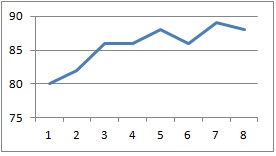 Definitely gets points all in the 80s. Nearly broke through to 90 but couldn’t quite give that all-time high. Almost regret it!!!
Definitely gets points all in the 80s. Nearly broke through to 90 but couldn’t quite give that all-time high. Almost regret it!!!
Fifteen things they forgot to tell you about autism.
By Debby Elley,
 Co- founder of AUKIDS Magazine, with Tori Houghton
Co- founder of AUKIDS Magazine, with Tori Houghton
Jessica Kingsley Publishing. Paperback. £12.99
published spring 2018 978 1 78592 438 5
Books on this subject are coming thick and fast these days. This is not a complaint as the more information and practical help that gets into public awareness is surely much the better for everyone. My problem is that there is so much more to choose from that time allows only a fraction of the books to be looked at and some read and reviewed.
I could list numerous titles that have been popular, informative and no doubt sold well but it is safer for me to refer you to: Books Education. website for a whole range of publishers and Educational books, or go to Jessica Kingsley site for a good range of a single publisher.
Let’s get to grips with Fifteen Things……:
I have got to page 40 of 209 pages of text and several more of glossary and further information items. Can I call this a ‘Joyous Book on Autism’? Already I love the style, the humour, the simplicity and the skill of Debby Elley in her understanding and explanation of autism. This book already ought to be a staple read for parents and clinicians alike. Debby Elley is the mother of autistic twins is well versed in the subject!!
Author of ‘Uniquely Human’, by Dr.Barry Prizant.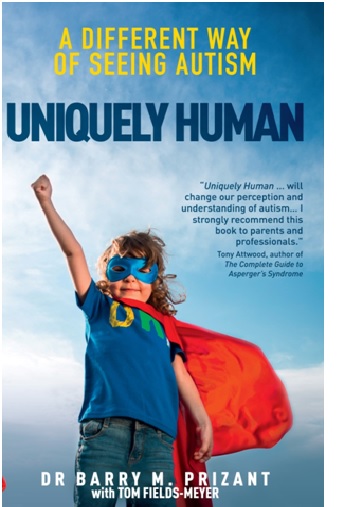 ………., another book I highly recommend, says frequently that if you can’t quite find the answer to a child’s difficulties then talk to the parent as they are likely to have at least a part solution, directly or indirectly. I have no doubt badly paraphrased this. I mention it as in Debbie Elley we seem to have a parent who is able to talk sensibly and oh so knowledgeably on autism. Roll on ‘Pick & Mix and Autism Sundae Dessert!! in all conversations and courses ( read her book for explanations…)
………., another book I highly recommend, says frequently that if you can’t quite find the answer to a child’s difficulties then talk to the parent as they are likely to have at least a part solution, directly or indirectly. I have no doubt badly paraphrased this. I mention it as in Debbie Elley we seem to have a parent who is able to talk sensibly and oh so knowledgeably on autism. Roll on ‘Pick & Mix and Autism Sundae Dessert!! in all conversations and courses ( read her book for explanations…)
See page 45, first sentence: “If we shore up their self-belief, value their differences and stop trying to make them be like everyone for 40 seconds, we’ll see that we have some very original thinkers on our hands.”
And page 114: ‘ Its important to remember that a child’s view of the world begins and ends with their parents. Your expectations become theirs. If you are disappointed in them, they will be even more downcast about themselves.’
I am not going to quote the page but see also page 142 on the need for ‘re-telling and adding the reason why….. ie fully explain the logic of ‘why’ something should or should not be done……. Not a proper explanation but me encouraging you to read the book.
This book most certainly speaks to parents, especially those that are trying to understand any diagnosis on an ASD child. It may confirm their suspicions or be a shock and have need of support in putting professional words and practice into common usage and action. Having said this, I believe that now, those working closely with children and families in some professional way have the opportunities through training and mentoring to work with sensibility and understanding. Also, dare I say it, on the supportive approach parents and families require for helping children develop to the maximum. Finding the support system may still be difficult as help is spread much too thinly, but it is there. There also many parent-started and run (with professionals too) charities all over the country offering help, support and most of all, a sense of community. You might need to search a little that suits you and your family. The beauty of today is that they can be web-based so available nationally, even internationally, as well as physically local.
I finished reading this book in good spirits. As Debby says right at the beginning, she is a ‘positive’ person and her aim is to clarify terms and activities into understandable practice. as well as developing techniques to help reach potential.
She is always positive, fun to read, imaginative and humorous in style. She is obviously serious about the subject and the Aukids magazine she, and her co-founder Tori Houghton run and continue to look for offering help and support to parents of autistic children. I must mention that they have autistic workers in their charity office from whom they ask advice on subjects from their perspective.
Any criticisms? Well, maybe that although she admits times can be difficult (numerous examples given) her skill in humour and ‘positivity’ seems to slide over the hard times. But, there you go, it’s attitude of mind. Proving that her mindset is the way to go. See a problem, sort it or seek advice from trusted adviser……. and stick to a positive attitude and problem solving by using as many ‘outside boxes’ as you can find…….And proving that my glass is half-empty; however it is beginning to look half-full after reading this.
A fun, exciting, informative guide to autism and emphasising the fact that absolutely ‘everyone is different’.
I haven’t seen the physical magazine, just the website; but it looks an ideal magazine to come through the post!!
see other Books Education listings

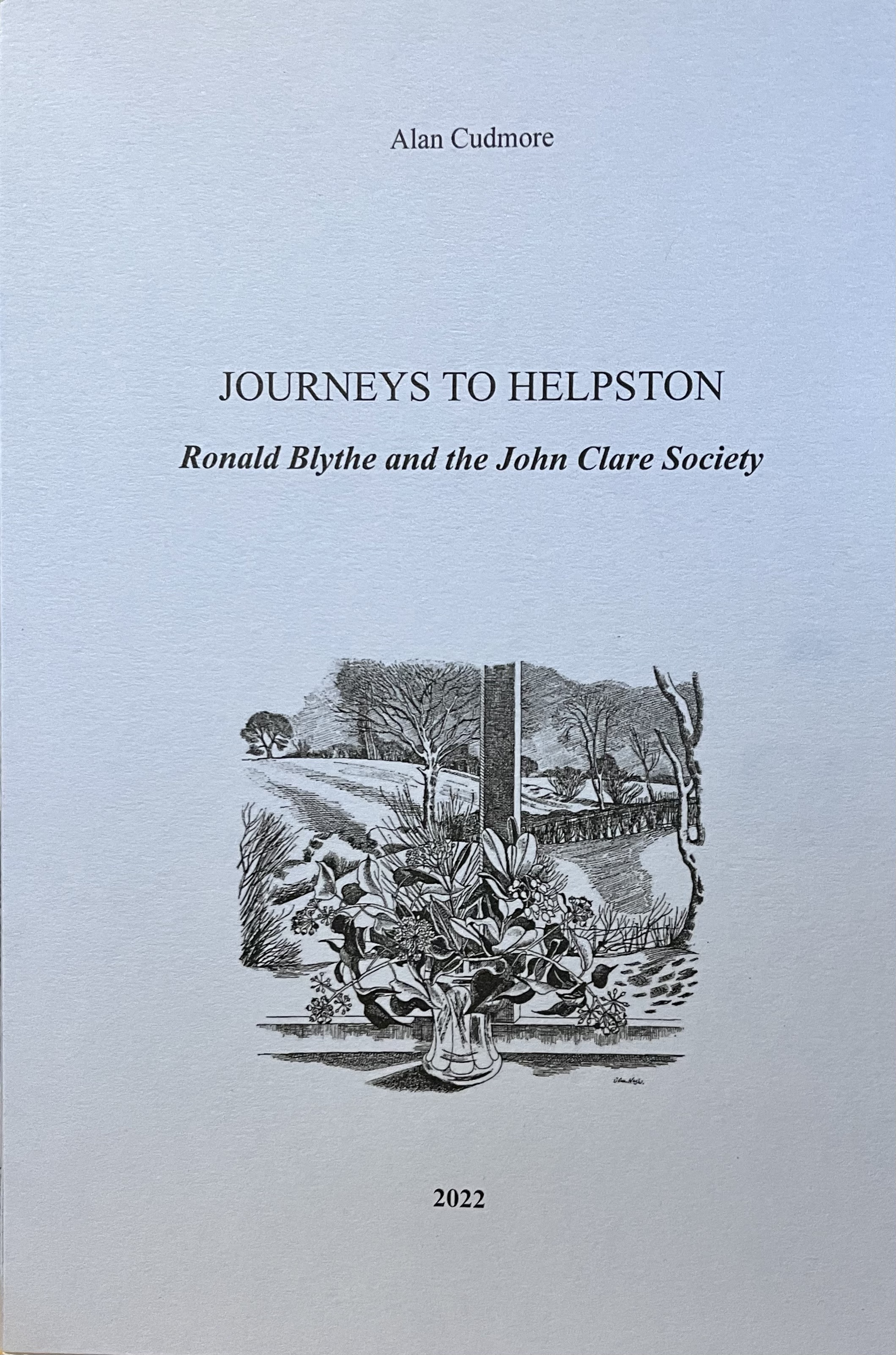

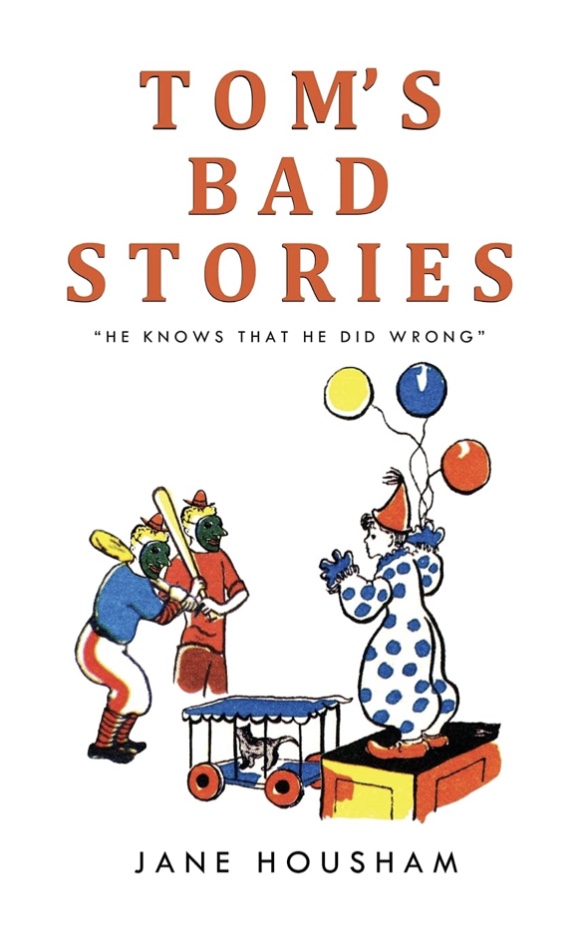






 ……..Don’t Forget To Love. By Emily Lee
……..Don’t Forget To Love. By Emily Lee Five of her own beautifully crafted and produced songs with style and variation that held together whilst showing her ability and vocal confidence. Emily and a guitar. ……. Not forgetting the intro. on first track, for me a pleasant surprise……
Five of her own beautifully crafted and produced songs with style and variation that held together whilst showing her ability and vocal confidence. Emily and a guitar. ……. Not forgetting the intro. on first track, for me a pleasant surprise……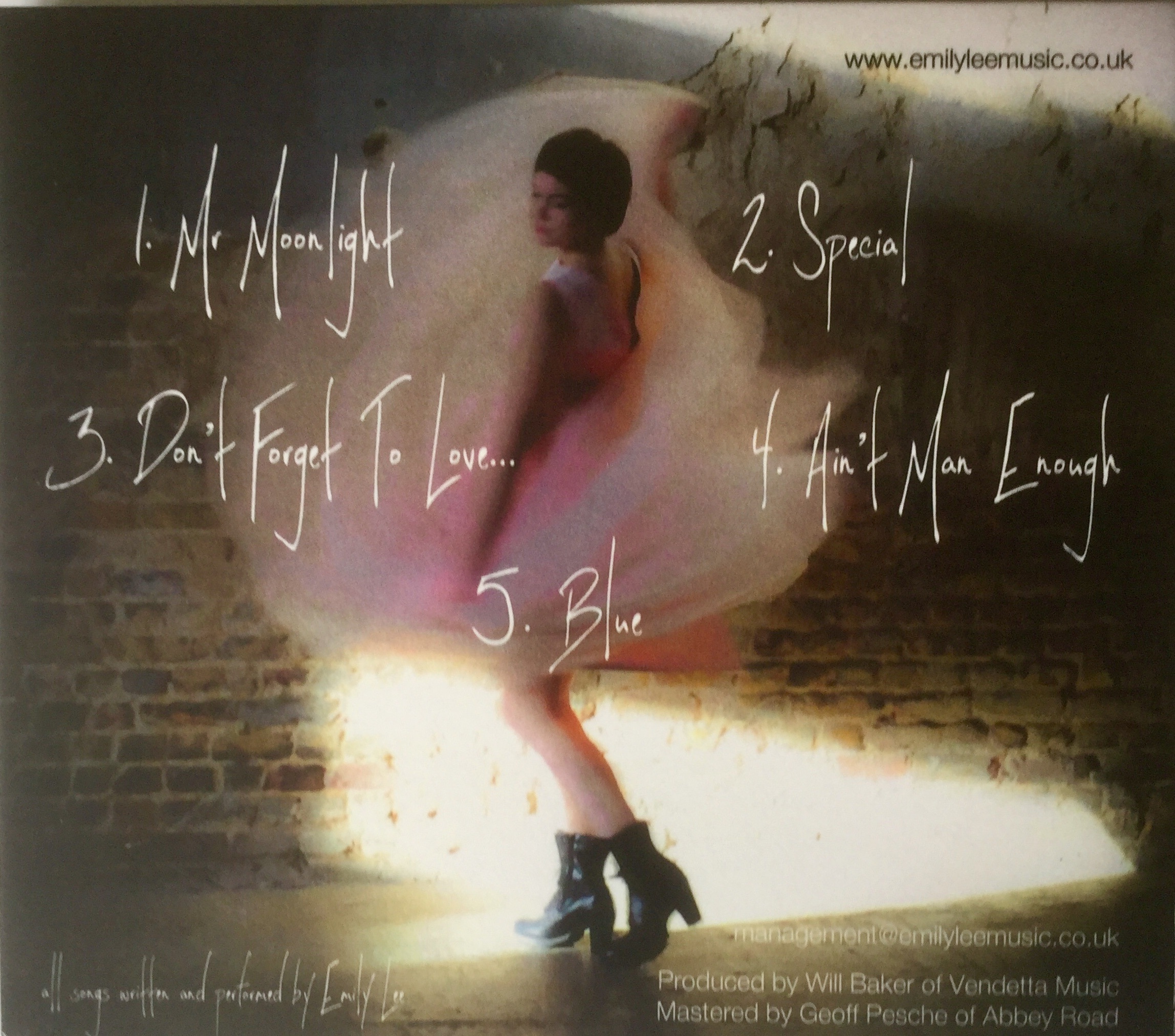 I have listened to the ep from first to last about six times in four days. More times than I have listened to numerous other cds over two or three months. I don’t know who wrote the ‘about’ notes on her website; looks a bit tooo much (for me) but then it sounds like that personality over the various tracks. I do hope she is one of the many, many-talented singers, writers, musicians to make it in their careers. With Emily, tread carefully, you won’t know what hits you when you listen. You will be hooked!
I have listened to the ep from first to last about six times in four days. More times than I have listened to numerous other cds over two or three months. I don’t know who wrote the ‘about’ notes on her website; looks a bit tooo much (for me) but then it sounds like that personality over the various tracks. I do hope she is one of the many, many-talented singers, writers, musicians to make it in their careers. With Emily, tread carefully, you won’t know what hits you when you listen. You will be hooked!
 Definitely gets points all in the 80s. Nearly broke through to 90 but couldn’t quite give that all-time high. Almost regret it!!!
Definitely gets points all in the 80s. Nearly broke through to 90 but couldn’t quite give that all-time high. Almost regret it!!! Co- founder of AUKIDS Magazine, with Tori Houghton
Co- founder of AUKIDS Magazine, with Tori Houghton ………., another book I highly recommend, says frequently that if you can’t quite find the answer to a child’s difficulties then talk to the parent as they are likely to have at least a part solution, directly or indirectly. I have no doubt badly paraphrased this. I mention it as in Debbie Elley we seem to have a parent who is able to talk sensibly and oh so knowledgeably on autism. Roll on ‘Pick & Mix and Autism Sundae Dessert!! in all conversations and courses ( read her book for explanations…)
………., another book I highly recommend, says frequently that if you can’t quite find the answer to a child’s difficulties then talk to the parent as they are likely to have at least a part solution, directly or indirectly. I have no doubt badly paraphrased this. I mention it as in Debbie Elley we seem to have a parent who is able to talk sensibly and oh so knowledgeably on autism. Roll on ‘Pick & Mix and Autism Sundae Dessert!! in all conversations and courses ( read her book for explanations…)